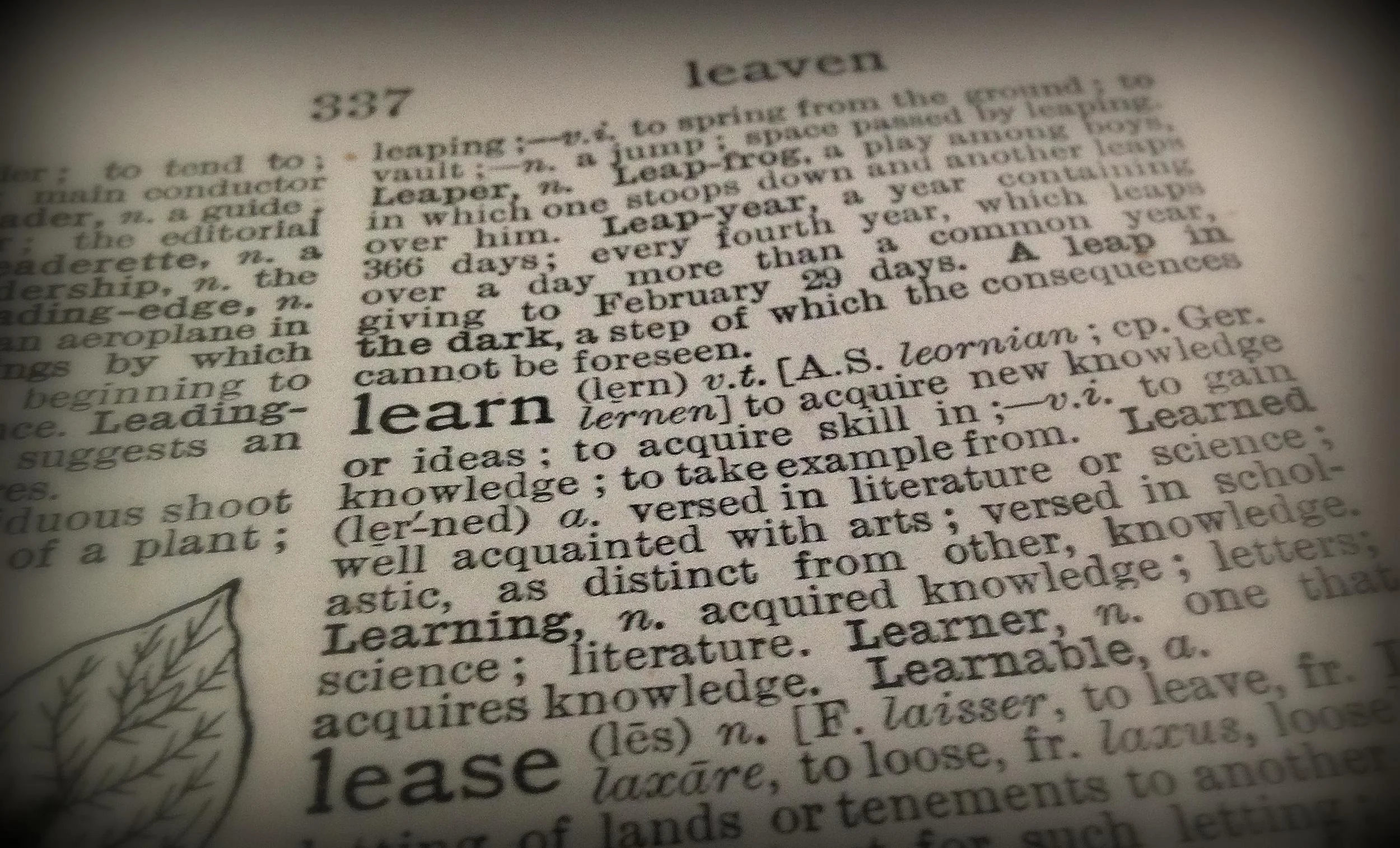Why don’t we tell our kids the truth about success? We could start with the fact that only a third of adults hold degrees from four-year colleges. Or that you’ll do equally well in terms of income, job satisfaction and life satisfactionwhether you go to an elite private college or a less-selective state university. Or that there are there are many occupations through which Americans make a living, many of which do not require a college degree.
Does It Matter Where You Go To College? The Answer: It Depends (NPR)
A great conversation questioning the basic assumption that the more elite the university, the better your salary prospects are when you get out.
Some Colleges Have More Students From the Top 1 Percent Than the Bottom 60 (NY Times)
Students at elite colleges are even richer than experts realized, according to a new study based on millions of anonymous tax filings and tuition records. At 38 colleges in America, including five in the Ivy League – Dartmouth, Princeton, Yale, Penn and Brown – more students came from the top 1 percent of the income scale than from the entire bottom 60 percent.
Which Colleges Might Give You The Best Bang For Your Buck?
A recent study took a look at each college in America and calculated the number of low-income graduates who wound up being top income earners. The study comes from the Equality of Opportunity Project and is paired with an interactive tool from the New York Times.
What Straight-A Students Get Wrong (NY Times)
The evidence is clear: Academic excellence is not a strong predictor of career excellence. Across industries, research shows that the correlation between grades and job performance is modest in the first year after college and trivial within a handful of years.
The Real Price Of College (Planet Money)
There's a huge gap between the sticker price and what the average student actually pays after figuring in grants and scholarships. That's true at private colleges around the country. Nationwide, the average sticker price is more than twice as high as the price students actually pay, and the gap is getting wider.
America’s Great Working-Class Colleges (NY Times Opinion)
The universities that educate students from modest backgrounds face big challenges, particularly state budget cuts. But many of them are performing much better than their new stereotype suggests. They remain deeply impressive institutions that continue to push many Americans into the middle class and beyond — many more, in fact, than elite colleges that receive far more attention.
Failing College (Podcast: The Indicator/NPR)
Colleges have a problem: fewer people are applying every year. Universities are competing like crazy for any edge they can get. Some are offering more financial aid, others are building tiger habitats. But the economic impact of fewer universities could be large.
The Real Price Of College (Planet Money : NPR)
There's a huge gap between the sticker price and what the average student actually pays after figuring in grants and scholarships. Nationwide, the average sticker price is more than twice as high as the price students actually pay, and the gap is getting wider. It turns out, it makes economic sense to have a high sticker price and offer lots of discounts.
How to Make Sense of College Rankings (NY Times)
Inasmuch as rankings rely on, and compile, objective information about the schools they examine, they’re useful. But all of them also make subjective value judgments about what’s most important in higher education, and those judgments may or may not dovetail with a student’s interests. It’s crucial to look at precisely what’s being measured — which is easy to do, if you read the fine print.
Rethinking College Admissions (NY Times)
Over recent years there’s been a steady escalation of concern about the admissions process at the most revered, selective American colleges. And little by little, those colleges have made tweaks.
5 Ways to Make College Tours Fun Instead of Grueling (NY Times)
As college applications have grown, so have campus visits. Boston University had nearly 80,000 visitors in the last year, up from about 65,000 in 2011. The University of California, Berkeley, reported a 14 percent increase in visitors in the last year. This year, the Ohio Independent College Visit Days program grew 30 percent.
